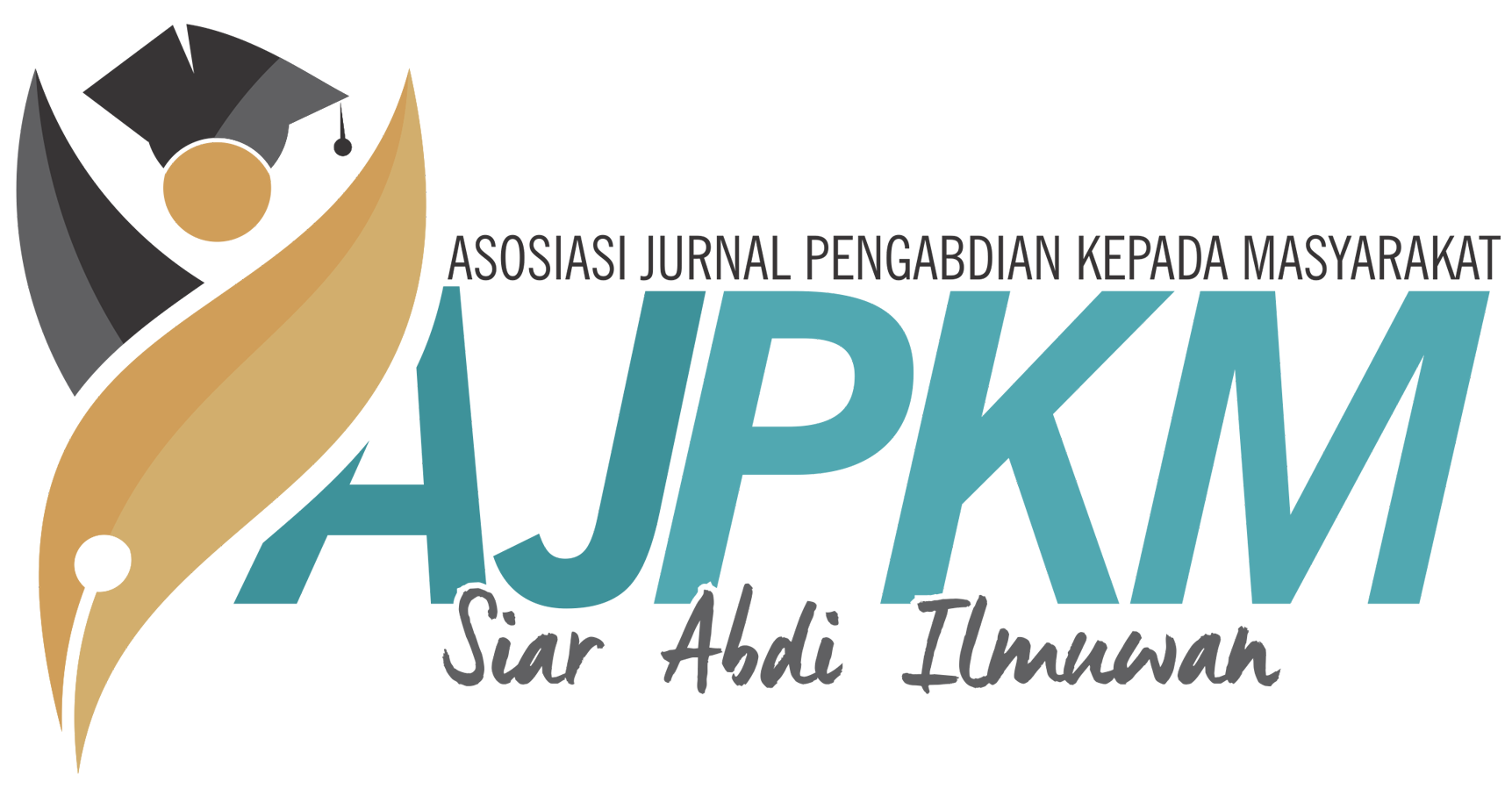Author Guideline
For Download Details Template, you can access in this page :
Template PICS
The manuscript texts are written in English. Manuscripts will be first reviewed by editorial boards.The main text of a manuscript must be submitted as a Word document (.docx or .doc) or Rich Text Format (.rtf) file. The manuscript consists of 2000 words (minimum), well-typed in double column on A4 size paper, use 12 pt of Times New Roman.The manuscript contains an original work and have potentially contribute to the highly scientific advancement.
The manuscript should contain the following section in this order:
a. Title
Title of articles in English should describe the main content of manuscripts, be informative, concise, and not too wordy (12-20 words only), and does not contain formulas.
TITLE OF THE ARTICLE
( FONT SIZE 12)
b. The author’s name
Full name without academic degrees and titles, written in capital letters. Manuscript written by groups needs to supplemented by complete contact details.
Name of Author1, Name of Author2
c. Name of affiliation for each author
The author name should be accompanied by complete affiliation address, postal code number, and email address.
1,2Institution of Author (Program Study, Faculty (Optional), University, Address include Postal code, Country)
1E-mail address of author 1, 2E-mail address of author 2 (All of Author)
d. Abstract
Abstract should not exceed 250 words which describe the problem, the method of implementation and the result obtained. The abstract is written in English with all characters are italicized. It is written by using Times New Roman of 12- point font size and single- spaced. (Annotation: it is italicized and in English, only one paragraph and paragraph is left and right-aligned and it is not indented [not like usual paragraph]).
e. Keywords
Written in English 2-5 words or groups of words, written alphabetically.
Keywords: keyword 1, keyword 2, keyword 3
A. Introduction
The script is written in English. The script is typed by using Times New Roman font (Microsoft Word) with a font size is 12 points in A4 paper with line spacing is 1.5, then the text is divided into two columns, with left and top margin is 35 mm and right and bottom margin are 30 mm. This section explains the basic part of the article written which comprises an explanation about analysis of the situation, partner problem, aim and benefit of dedication which comprises/describe the phenomena of the problem observed, the real situation obtained. Then the focus of the problem and the aim to conduct dedication can be explained.
B. Method of Implementation (12 Point and Bold)
In this section, the authors explain the method of implementation which is used in dedication to corroborated the script published. The method of implementation such as training, assistance, and application. The script is written in Times New Roman font with a font size is 12 points.
C. Results and Discussion (12 Point and Bold)
Well-prepared tables and or figures must be a significant feature of this section because they convey the major observations to readers. Any information provided in tables and figures should no longer be repeated in the text, but the text should focus on the importance of the principal findings of the study. In general, journal papers will contain three-seven figures and tables. The same data can not be presented in the form of tables and figures. The results of the study are discussed to address the problem formulated, objectives and research hypotheses. It is higly suggested that discussion be focused on the why and how of the research findings can happen and to extend to which the research findins can be applied to other relevant problems.
This section explain briefly and clearly the result obtained and it is completed with discussion which analyze the result of activity implementation.
The procedure to write a table is as follows: The table heading is center-aligned, size font in the table is 10 points, with the additional requirement is that upward line in the table is not allowed, and detail heading of each table is bolded.
D. Conclusion (12 Point and Bold)
The final conclusion is obtained after activity implementation and suggestions to do improvement which is considered necessary or to conduct the relevant follow-up dedication.
E. References
Manuscripts are written by using standard citation applications (Mendeley/Endnote/Zotero). APA (American Psychological Association) reference style is required. Citing an article written by two authors, both of authors should be mentioned, however, for three and more authors only the first author is mentioned followed by et al., for example: Rahayu & Sudarsono (2015), Subekti et al. (2014). A series of references should be presented in ascending date order (Retnoningsih et al., 2005; Indriyanti et al., 2007; Rahayuningsih, 2010). Different publications with the same author(s) and year will be presented separately, as follows 2013a, 2013b. References of unpublished data and personal communication should not appear in the list but should be cited in the text only (e.g., Rifai MA 2015, pers. com. (personal communication); Indriyanti DR 2014, unpublished data). In the reference list, the references should be listed in alphabetical order. More or less 80% references for literature reviews should be the recent (up to date) journals published in the last 10 years, but the rest of 20 % references can be cited from research reports and or articles.
References is written by referring to APA 6th standard with the guidance as follow:
Book :
Brabender, V., & Fallon, A. (2009). Group development in practice: guidance for clinicians and researchers on stages and dynamics of change. Washington DC: American Psychological Association.
Journal :
Hodgson, J., & Weil, J. (2011). Commentary: How individual and profession-level factors influence discussion of disability in prenatal genetic counseling. Journal of Genetic Counseling, 1-3.
Lyznicki, J. M., Young, D. C., Riggs, J. A., Davis, R. M., & Dickinson, B. D. (2001). Obesity: Assessment and management in primary care. American Family Physician, 63(11), 2185-2196.
F. Acknowledgement (Optional)
Contributors who are not mentioned as authors should be acknowledged, and their particular contribution should be described. All sources of funding for the work must be acknowledged, both the research funder and the grant number (if applicable) should be given for each source of funds.
Editor's Checklist to Do by Authors
- Bibliography: Standardized and consistent and uses standard citation applications (Mendeley)
- Reference source: Standard and consistent and uses standard citation applications (Mendeley)
- Aspirations of Insights: International
- Scientific Pioneering and Originality of Work: Loading articles that contain original work and have a novelty / very high scientific contribution
- Ratio of Primary Reference to other Sources: > 80%
- Degree of Update References: > 80%
- Effectiveness of Article Title (Maximum 15 words): Straightforward and Informative
- Inclusion of Author's Name and Author's Institution: Complete and consistent
- Article Writing Systematics: Complete and good system
- Use of Terms and Language: Speak Indonesian or the correct and correct official language of the United Nations
- Use of Terms and Language: Speak Indonesian or the correct and correct official language of the United Nations
- Cite: Must cite articles in journals at least 2 articles











